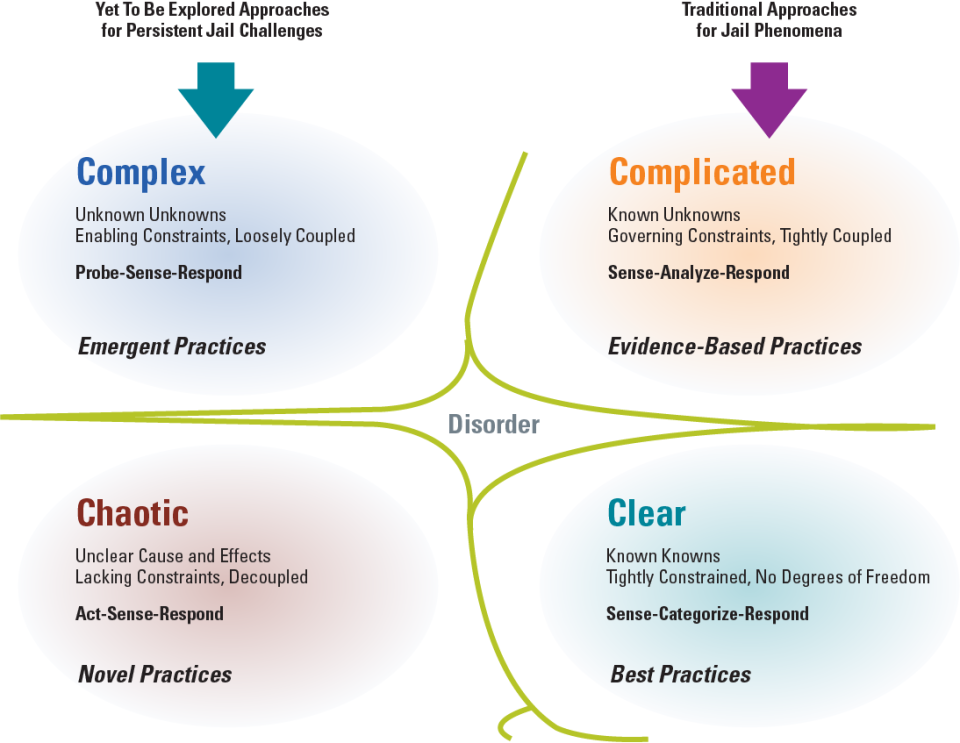Exhibit 2. Cynefin – A Domain-Specific Response Framework
From the NIJ Journal article "A New View of Jails: Exploring Complexity in Jails-Based Research."
The Cynefin framework illustrates how information flows affect practices. It has five domains characterized by constraints, the nature of unknowns, and cause and effect relationships. Effectiveness requires distinct practices and response strategies.
In the Cynefin framework, best practices are effective in the “clear” domain, where there are no degrees of freedom and knowns are known. Evidence-based practices are effective in the “complicated” domain, where tightly coupled governing constraints prevail and unknowns are known. Emergent practices are effective in the “complex” domain, with its loosely coupled enabling constraints and unknown unknowns. Novel practices are required in the “chaotic” domain, with completely unfamiliar events, lacking constraints and unclear cause and effect relationships. In the final domain, “disorder,” uncontrolled information flows prevail and effectiveness requires action to exit to any other domain. Domain-specific effective practices build progressively on each other. Established knowledge is retained, and new insights from exploring the complex and chaotic domains augment identified best and evidence-based practices.
Source: Based on David J. Snowden and Mary E. Boone, “A Leader’s Framework for Decision Making,” Harvard Business Review, November 2007.


